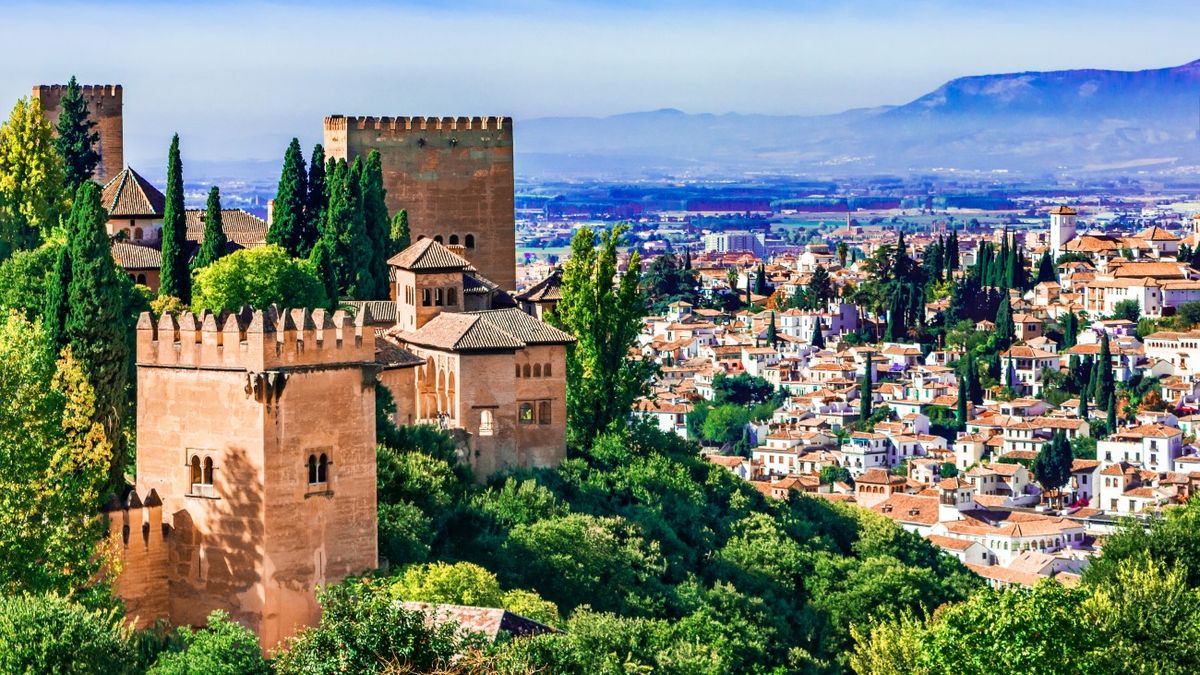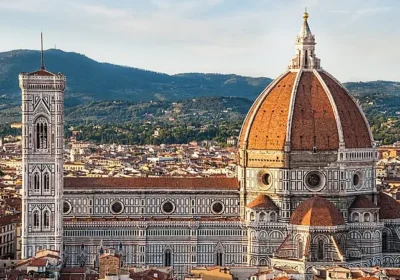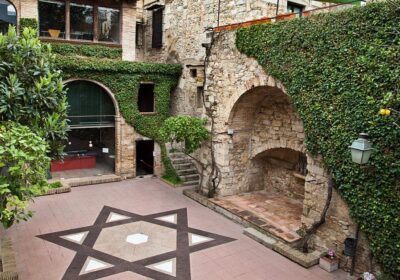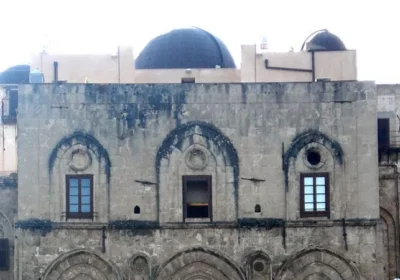Granada or Granada-Malaga 9 hours from Málaga, Torremolinos, Benalmadena, Fuengirola.
n
Granada stands on three hills that descend into the valley where the Hanil River and its tributary, the Darro, flow. According to legend, it was these hills, which look like an open pomegranate, that gave the city its name – Granada. This is the last stronghold of the Muslim era in Spain in the 15th century, the most beautiful city with the most beautiful Arabian gardens and palaces in Europe, the birthplace of Frederico Garcia Lorca.
n
One of the most striking sights of the city is considered the luxurious Arab palace Alhambra, which is surrounded by a two-kilometer wall with fortress towers. Near the royal palace is another masterpiece of mastery of the architects of the XVI century – the Church of Santa Maria De La Alhambra, which was built on the site of the once standing Muslim mosque.
n
The Cathedral is also an important historical and architectural monument of Granada. Its construction began in 1523 in honor of the victory of Catholic Spain over the Arab invaders. Close to the Cathedral is the Royal Chapel, built even earlier than the Cathedral itself. It contains the tombs of Isabella of Castile and Ferdinand of Aragon.

















